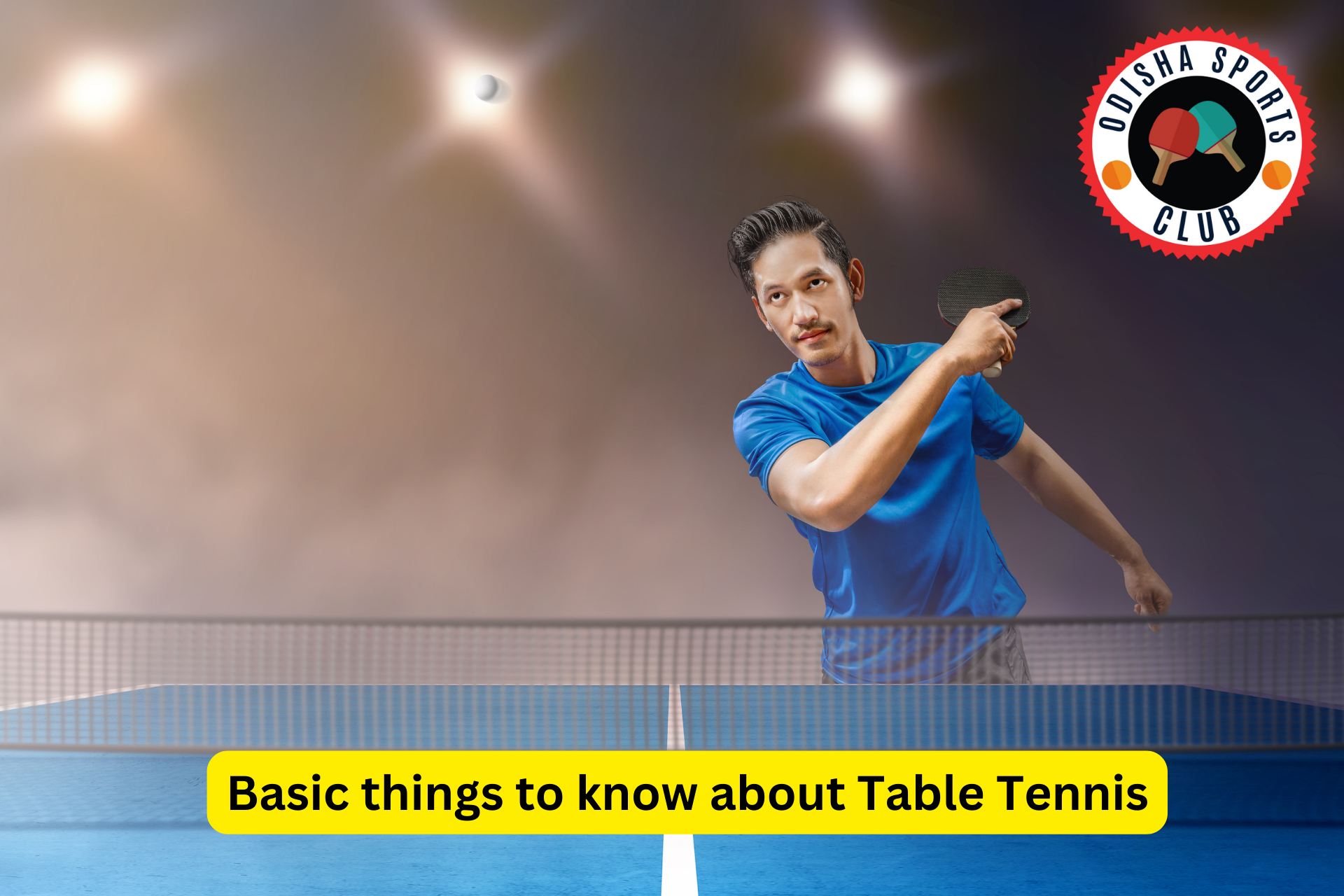Table tennis, also known as ping pong, is a captivating racket sport played on a compact table divided by a net. Familiarizing yourself with the following fundamental aspects will provide you with a solid understanding of the sport:
- Equipment: Table tennis employs a lightweight ball, typically crafted from celluloid or plastic, and small, lightweight paddles made from a variety of materials, including wood and synthetics.
- Table and Net: The rectangular table is divided into two halves by a net. Its dimensions are standardized at 2.74 meters (9 feet) in length, 1.525 meters (5 feet) in width, and 76 centimeters (2.5 feet) in height.
- Singles and Doubles: Players can engage in table tennis matches either individually (singles) or in pairs (doubles). In doubles, players alternate turns hitting the ball.
- Serve: The game commences with a serve. The server tosses the ball at least 16 centimeters (6 inches) into the air and strikes it, ensuring it bounces on their side and clears the net, landing on the opponent's side.
- Scoring System: The scoring system is points-based. Traditionally, games are played to 11 points, with a player needing a lead of at least two points to win. Matches usually consist of the best-of-five or best-of-seven games.
- Rally: Players take turns hitting the ball over the net after the serve. The ball must bounce once on each side before being struck on the fly. The rally continues until a player fails to return the ball within the rules, leading to a point for the opponent.
- Serve Rotation: In doubles, serving alternates every two points. The player serving also swaps positions with their partner during the rotation.
- Let Serve: Should the ball touch the net during a serve but still lands within the correct service box, it's considered a "let." The serve is replayed without penalty.
- Winning a Game: A game is won by the first player to reach 11 points (or the agreed-upon total), with a lead of at least two points.
- Winning a Match: To clinch a match, a player or team must secure the majority of games (typically three out of five or four out of seven games).
- Winning a Match: To clinch a match, a player or team must secure the majority of games (typically three out of five or four out of seven games).
- Dynamic Pace: Table tennis is renowned for its brisk pace, demanding quick reflexes, agility, and strategic prowess. Players often engage in rapid exchanges called rallies.
- Global Competitions: As an Olympic sport, table tennis is contested at various levels, spanning local clubs to international tournaments.
- Spin and Techniques: Players employ diverse techniques to impart spin on the ball, including topspin, backspin, and sidespin. Spin profoundly influences the ball's trajectory and behavior upon bouncing.
- Footwork: Effective footwork is crucial for proper positioning and swift maneuvers during the game. Players need to move adeptly to reach the ball.
- Etiquette: Demonstrating sportsmanship and proper etiquette is pivotal in table tennis. This includes shaking hands before and after a match and displaying respect toward opponents and officials.
Best Table Tennis Academy In Bhubaneswar,Odisha
These fundamental aspects provide a solid foundation for understanding table tennis, a sport that amalgamates physical activity, skill, strategy, and enjoyment for participants of all skill levels and ages.
